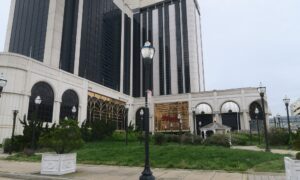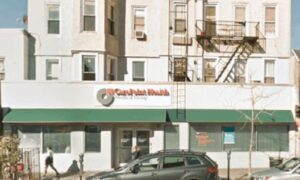If Condo and Co-op units haven’t confused you already, there is a third type of ownership structure called a Condop that makes everyone roll over twice.
What is a Condop?
Condop were first established in the 1980’s by a group of developer and investors looking to bypass an IRS law that posed a threat to their profits.
Diving in further, an 80/20 provision in Section 216 of the IRS code (since amended) declared a co-op could not earn more than 20 percent of its income from non-residential shareholders, such as commercial spaces. In the event that this amount superseded 20 percent, investors and shareholders would not be granted the ability to benefit from homeowner tax deductions. As a result, real estate developers and investors legally split apart their properties.
To work around this legality, commercial spaces were structured as a single Condo unit and the residential component of the development was setup as Co-op within a Condo. Hence, the Condop was born.
When analyzing what truly is a Condop, a lot of people often refer to this structure as a Co-op with Condo rules. For simplicity sake, this is a very good way to think about this type of property. However, on a legal basis its a bit different, but the structure is indeed an underlying Co-op with a lot of flexibility. The Condop essentially is a ground floor Condo commercial space followed by Co-op units above.
Condops can be excellent properties to purchase as they allow for the flexibility of a Condo, but price point and closing costs of a Co-op.
Additionally, there are a number of Condops that allow for 90% financing and more lenient board approval.
As a big proponent of Condops, if you would like to learn more about this ownership structure and potential Condop availabilities in the Manhattan and Brooklyn marketplace, please feel free to contact me. garayrealestate@gmail.com






